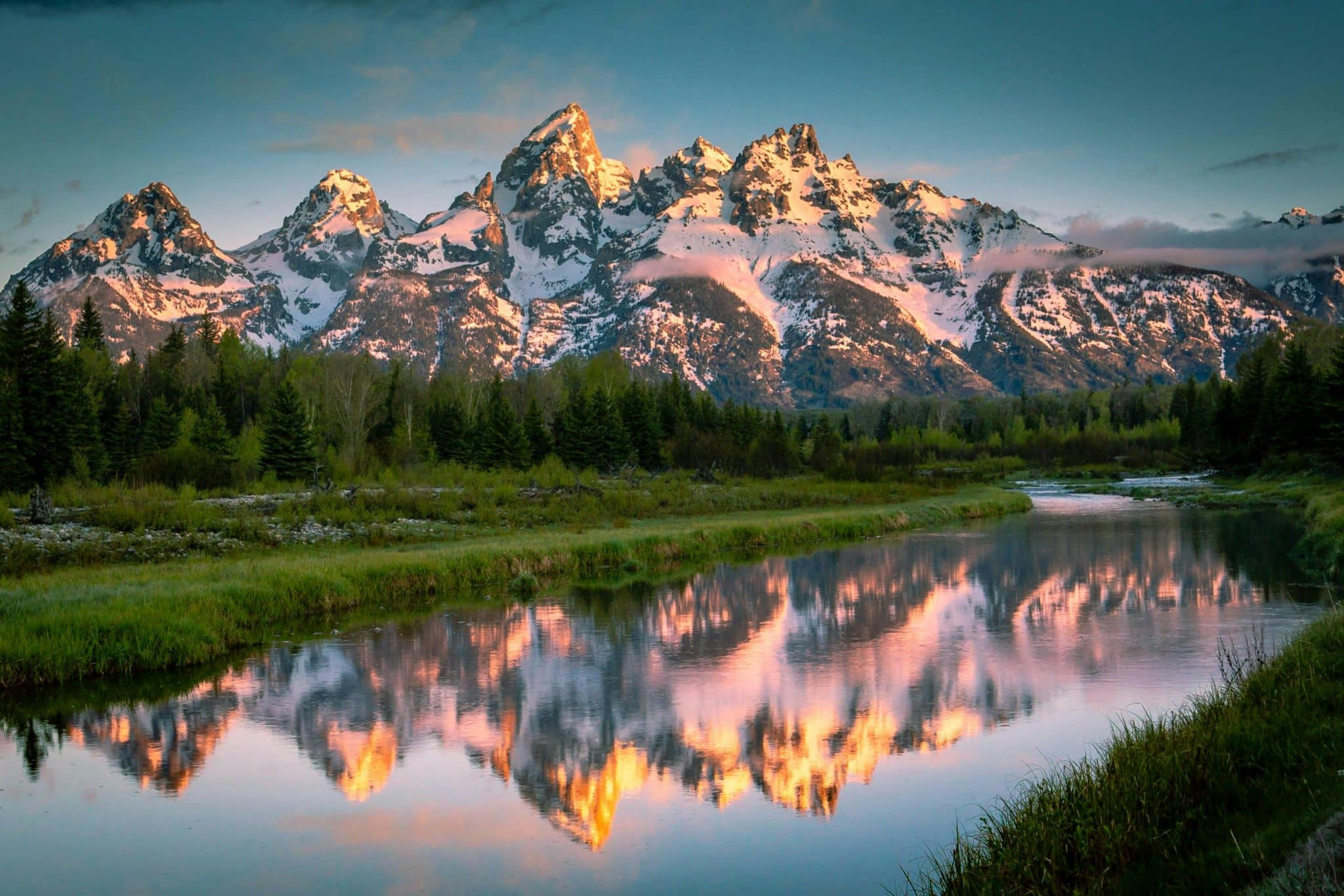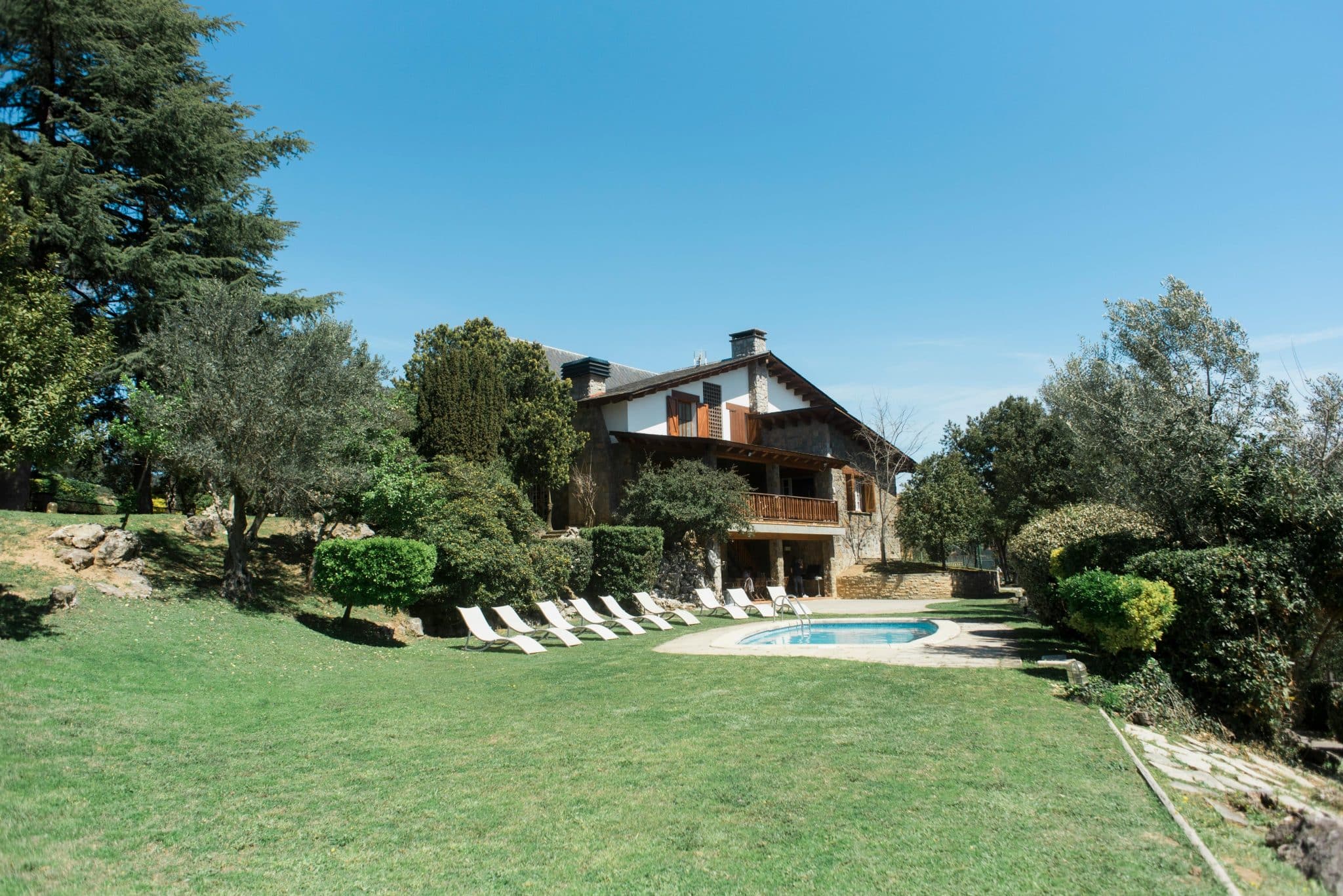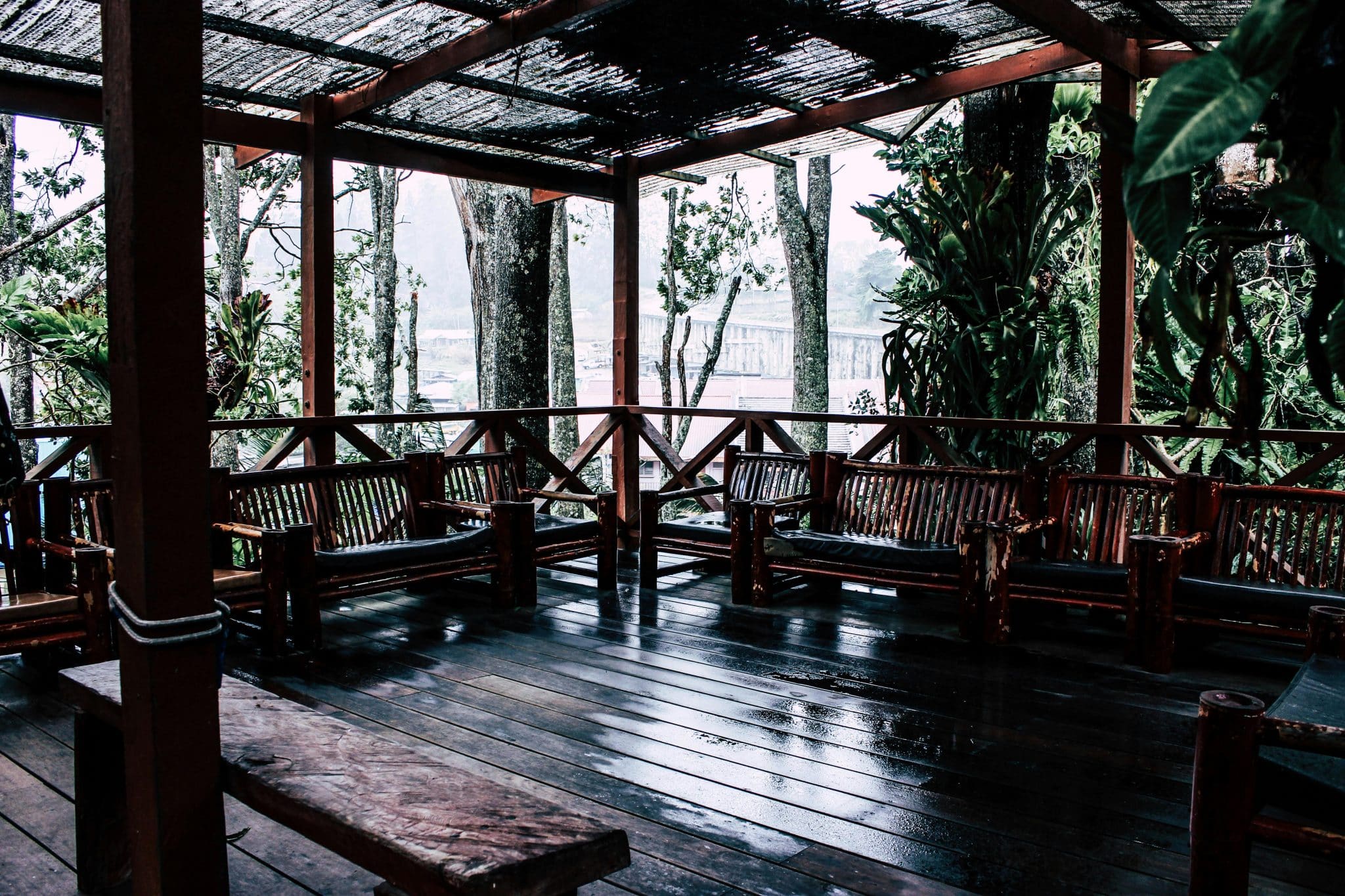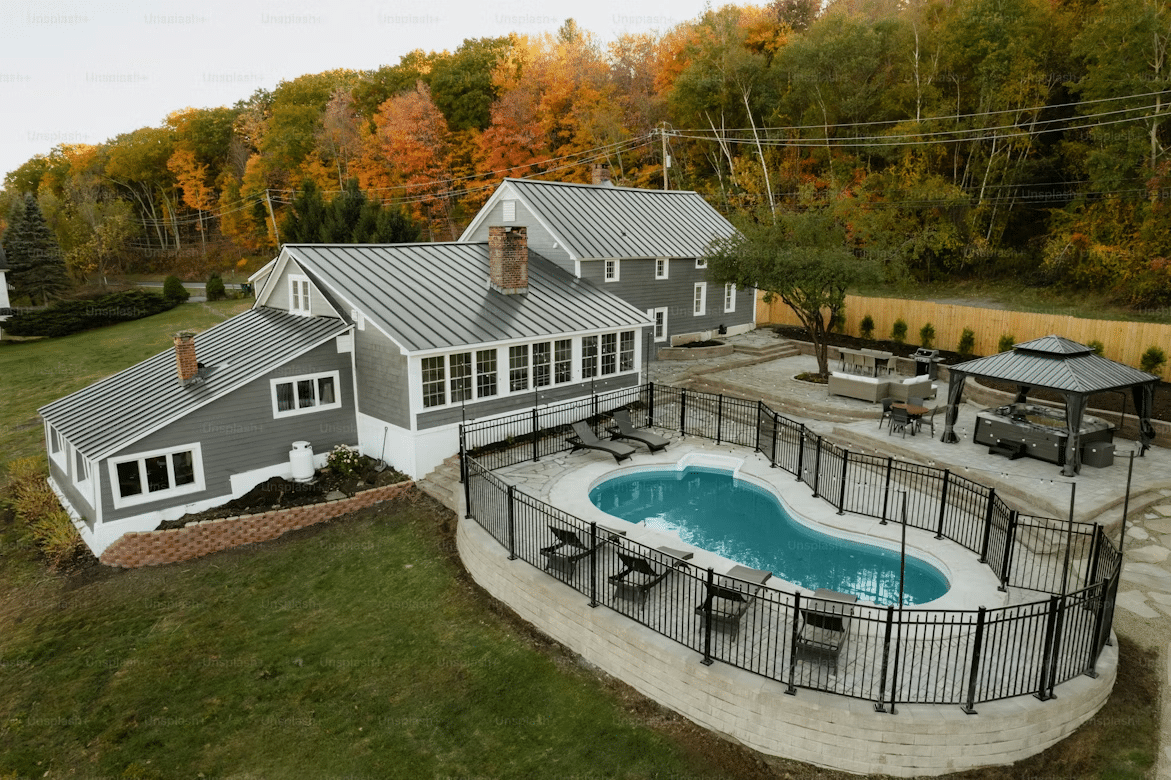Wyoming stands out as the least populated state in the U.S., yet it offers some of the country’s most striking natural beauty.
Vast landscapes, dramatic geological formations, and rich cultural heritage make it a destination where travelers can experience wilderness in its purest form. Visiting Wyoming means stepping into a place where the modern world feels distant, and nature takes center stage.
Natural Wonders That Define Wyoming
Yellowstone National Park, the first national park in the world, sets the tone for Wyoming’s natural grandeur. Its geothermal features, such as Old Faithful geyser and the vividly colored Grand Prismatic Spring, attract millions of visitors annually.
In 2023, Yellowstone National Park received 4,501,382 recreation visits, marking a 37% increase over its 2022 numbers. Beyond geothermal activity, Yellowstone’s expansive valleys and canyons offer unmatched scenery.
Just south, Grand Teton National Park rises with jagged peaks reflected in clear alpine lakes. It is one of the most photographed mountain ranges in North America and offers extensive trails for hikers and climbers of all skill levels.
Further east, Devils Tower rises abruptly from the plains, a volcanic formation revered by Native American tribes and protected as the first U.S. national monument. Together, these landmarks highlight Wyoming’s diverse and dramatic landscapes.
Adventure in the Great Outdoors
Wyoming offers year-round opportunities for outdoor recreation. In summer, hikers explore alpine trails, anglers cast lines in cold rivers, and rafters navigate whitewater rapids. Horseback riding across open plains connects visitors with the state’s ranching traditions, while camping in remote areas delivers solitude difficult to find elsewhere.
In winter, the state transforms into a playground for skiers and snowboarders. Mountain towns and high-altitude ranges provide both challenging slopes and family-friendly terrain.
I you’re seeking quiet exploration, snowshoeing and cross-country skiing open up the backcountry. Less-visited areas such as the Wind River Range and Snowy Range allow travelers to escape the crowds while experiencing equally stunning scenery.
Practical Travel Tips
The best time to visit depends on the type of experience travelers seek. Summer offers warm weather for hiking, camping, and wildlife viewing, while winter brings world-class skiing and snowboarding. Spring and fall provide fewer crowds but may limit access to certain areas due to snow or mud.
With half of Yellowstone’s visitors arriving in the height of summer, infrastructure and lodging in nearby gateway towns can be stretched, booking early is critical.
Distances between attractions are significant, so planning ahead is essential. Renting a vehicle is often the most practical way to explore, as public transportation is limited. Since driving long distances also increases accident risks on unfamiliar roads, keep contact info of a trusted Wyoming car accident attorney just in case, for that extra peace of mind.
Respecting natural areas and cultural sites is vital, since Wyoming’s ecosystems are sensitive and its heritage sites hold deep significance. Preparation and mindfulness ensure a rewarding trip for both visitors and the landscapes they come to experience.
Culture and History of the West
Wyoming’s cultural identity is deeply shaped by Native American heritage and the legacy of westward expansion. Ancient rock art and sacred sites remind visitors of traditions that stretch back thousands of years. Modern powwows and storytelling events continue to celebrate this living culture.
Travelers can also follow the path of pioneers along the Oregon Trail, where wagon ruts and landmarks like Independence Rock remain visible. The cowboy tradition is still strong, with rodeos showcasing horsemanship and ranching skills. Together, these cultural layers present a vivid portrait of the American West, blending indigenous traditions with frontier history.
Wide-Open Skies and Small-Town Charm
With fewer than 600,000 residents spread across a vast territory, Wyoming offers something increasingly rare: space. The state’s wide plains and mountain valleys provide quiet settings far removed from urban noise. Small towns preserve local character, often centered around community events and rustic architecture.
At night, Wyoming’s low population density becomes an advantage for stargazers. Some of the darkest skies in the U.S. reveal the Milky Way in striking detail, making the state a destination for astrophotography and night sky observation. The combination of solitude, small-town hospitality, and expansive horizons defines much of the visitor experience.
Unique Spots and Relaxing Escapes
Beyond its famous parks, Wyoming offers smaller gems worth exploring. Hot Springs State Park in Thermopolis features natural mineral springs with water that has flowed for millennia, attracting both travelers and wildlife. The town itself provides a chance to slow down after days of outdoor adventure.
Other mountain communities offer opportunities to rest while still being close to hiking trails and scenic drives. These places provide not only natural beauty but also a sense of calm, where visitors can balance adventure with restoration. The ability to combine high-energy exploration with quiet relaxation is one of Wyoming’s understated strengths.
Wildlife and Untouched Ecosystems
Wyoming is one of the few places in the continental U.S. where large predators and prey still coexist in relatively intact ecosystems. Bison, elk, moose, and pronghorn roam freely, while grizzly bears and wolves maintain their presence as apex species. The balance of these populations demonstrates the success of long-term conservation efforts.
The National Elk Refuge near Jackson provides winter shelter for one of the largest elk herds in the world. As of early 2024, counts indicated about 3,400 elk on the refuge, compared to 5,900 at the same time the previous year.
Seasonal migrations of pronghorn and mule deer also create rare opportunities to witness natural movements that have shaped the region for centuries. Observing wildlife here is not only a tourist activity but also a lesson in the resilience of ecosystems when given space to thrive.
Conclusion
Wyoming is more than a travel destination; it is a reminder of the scale and beauty of the natural world.
Its national parks, wildlife, and cultural history create a setting where the American West is preserved in its most authentic form. For those willing to embrace open space and adventure, Wyoming offers a journey that is both grounding and unforgettable.








